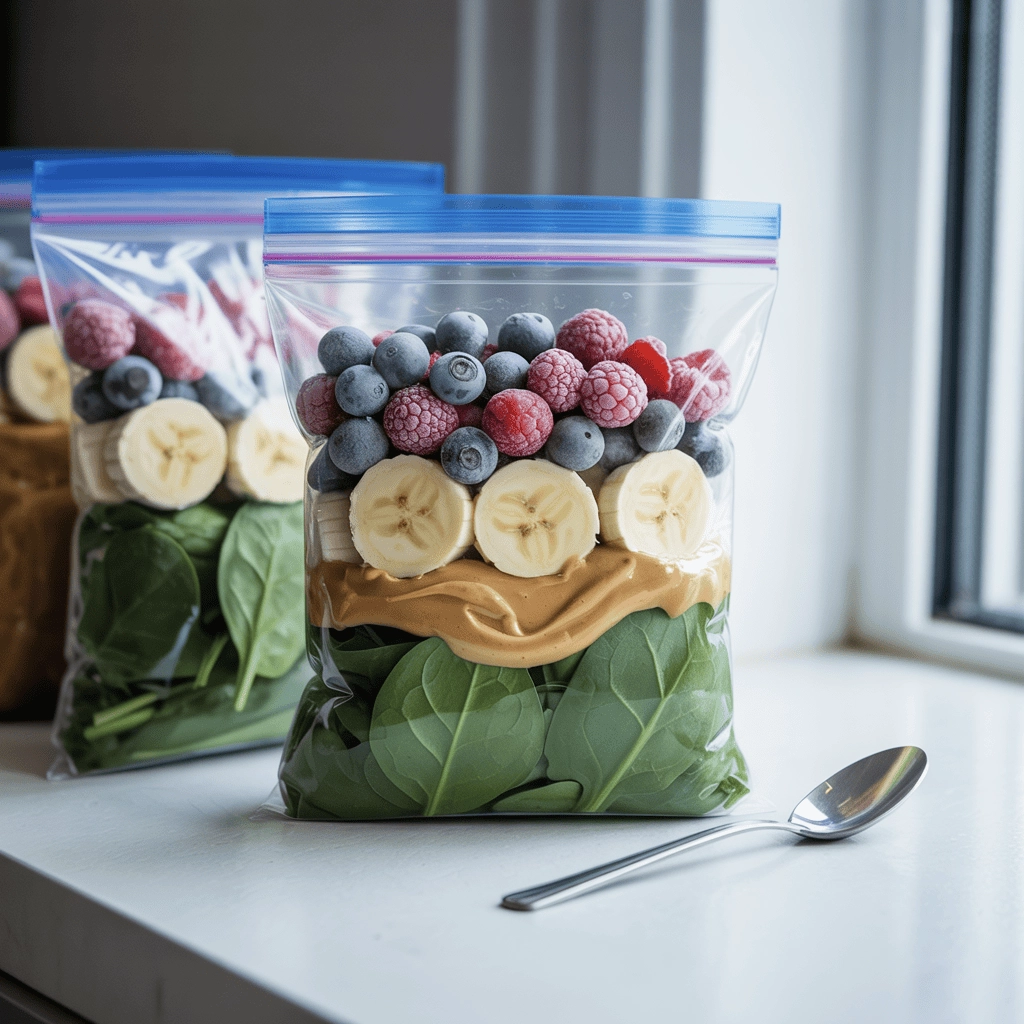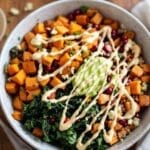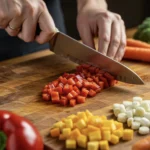Ever glance at your grocery receipt and wonder where half your paycheck went? I did too—until I discovered that smart meal prep isn’t just about saving time, it’s a direct route to cutting hundreds from your food budget each year. By batch‐cooking core ingredients and building versatile meals each week, you’ll waste less, avoid last‐minute takeout, and transform leftovers into fresh dishes. These ten hacks changed my grocery totals from “ouch” to “wow” and they’ll do the same for you.
Every Sunday, I spend just 30 minutes prepping a few staples—then watch as my weekly grocery bill shrinks by while still having delicious, varied meals.
1. Pick a “Base Ingredient” and Plan Around It

Why It Works: Buying one large pack of a “base” (e.g., chicken breasts, brown rice, or canned beans) is almost always cheaper per pound than multiple small packages.
- Example: Roast an entire 4-lb chicken; shred half for tacos and use the carcass to make broth.
- Pro Tip: Choose inexpensive staples like quinoa, bulk lentils, or frozen chicken thighs—versatile enough to become salads, soups, casseroles, or stir-fries.
2. Batch‐Cook Grains & Legumes in Bulk
Why It Works: Cooking a big pot of rice, quinoa, or dried beans once saves energy and ensures you always have a healthy side on hand.
- How to Do It: On meal‐prep day, rinse and cook 4 cups of brown rice (or 2 lbs of dried pinto beans). Portion into reusable containers in 1-cup servings.
- Meal Ideas:
- Rice bowls with sautéed veggies and tofu
- Black beans + rice + salsa for burrito bowls
- Quinoa salad with chopped veggies, feta, and lemon vinaigrette
3. Use Bulk Produce for Multiple Meals
Why It Works: Buying on‐sale or seasonal produce in bulk saves money, but only if you use it quickly or preserve it.
- Hack: Purchase a bag of carrots, chop half into sticks for snacks, roast the other half with olive oil and herbs for grain bowls. Freeze any extras in zip-top bags for later soups or stews.
- Pro Tip: If strawberries are $2/lb on sale, slice half for smoothies and freeze the rest on a baking sheet—perfect for future jam or compote.
4. Prep “Ingredient Kits” for Specific Recipes
Why It Works: Pre‐measuring and bagging all ingredients for a recipe prevents impulse buys at dinner time and keeps you on track with your meal plan.
- How to Do It: For “Stir‐Fry Night,” assemble 1 bag with diced chicken, sliced bell peppers, minced garlic, and ginger. Store the sauce (soy, sesame oil, a splash of rice vinegar) in a small jar. When it’s time to cook, everything is ready to go.
- Money Saver: Avoid ordering takeout because you don’t have chopped veggies or measured spices on hand.
5. Freeze Single‐Portion Protein Packs
Why It Works: Buying family‐size meat or poultry in bulk is cheaper; freezing individual portions prevents spoilage.
- How to Do It: Trim and divide a bulk pack of chicken thighs into four 2-piece packs. Wrap each pack in parchment and place in a freezer bag labeled with date and number.
- Meal Ideas: Pull one pack each night for “Sheet‐Pan Chicken & Veggies” or “Chicken Tortilla Soup” without overbuying.
6. Transform Leftovers into “New” Dishes
Why It Works: Reinventing last night’s dinner into a fresh meal keeps things exciting and avoids tossing perfectly good food.
- Examples:
- Roasted Veggie Pizza: Spread yesterday’s roast vegetables over pizza dough with marinara and cheese.
- Mexican Quinoa Salad: Mix leftover quinoa, black beans, corn, lime juice, and cilantro for a lunch that tastes completely different.
- Pro Tip: Label any leftover “components” (e.g., “5/1 – roasted broccoli + chicken”) so you instantly know how to remix them.
7. Pre‐Chop & Portion Smoothie Packs

Why It Works: Prevents buying single‐use frozen fruit bars and cuts down on wasted produce that goes bad in the fridge.
- How to Do It: In freezer-safe bags, combine 1 cup spinach, ½ banana (sliced), ½ cup frozen berries, and a spoonful of nut butter. Each bag is one smoothie.
- Money Saver: Buying fresh bananas and bulk berries is cheaper than bottled smoothies or individual smoothie kits.
8. Shop “Ugly Produce” or Clearance Items
Why It Works: Supermarkets and farmers’ markets often discount imperfect fruits and veggies—perfect for meal‐prep if you can use them quickly.
- Hack: Turn a bag of misshapen apples (on sale) into applesauce or apple crisp topping. Bulk “less than perfect” tomatoes become tomato sauce or salsa.
- Pro Tip: Check your local grocer’s “markdown” shelf around 6 pm—many stores discount perishables rather than mark them off the next day.
9. Repurpose Pantry Staples into “Essentials”
Why It Works: Keeping a well-stocked, organized pantry with basics like spices, oils, and canned goods means you only need to shop fresh produce and proteins once a week.
- Sticker Price vs. Value: A 5-lb bag of dried beans is under $5 and yields 10+ cups of cooked beans—equivalent to ten $1 canned beans.
- Meal Inspiration: Pantry staples become:
- Bean Chili: canned tomatoes + beans + chili powder.
- Lentil Curry: red lentils + coconut milk + curry paste.
- Pasta Puttanesca: pantry noodles + canned tomatoes + olives + capers.
10. Plan a “Leftover Night” Each Week
Why It Works: Forced leftovers night stops fresh ingredients from lingering in the fridge. Plus, it’s a guilt-free way to clear out meal-prep stash.
- How to Do It: Schedule a Friday (or midweek) “I’m not cooking, we’re eating leftovers” night in your meal plan.
- Money Saver: No last-minute grocery runs for random snacks or ingredients—use what’s already paid for.








